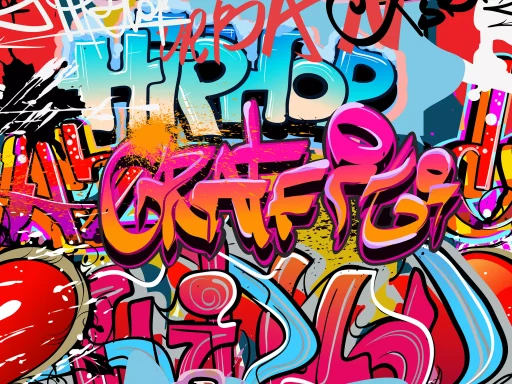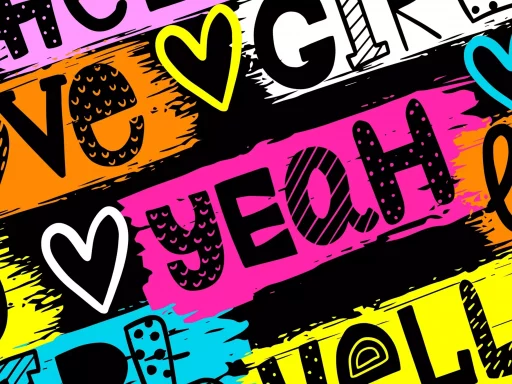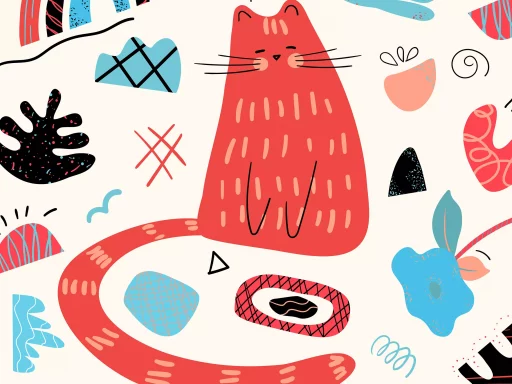Introduction
The phrase “Tokyo Drift” might evoke images of high-speed races through neon-lit city streets, but it has transcended its original context in car culture to find a permanent spot in modern slang. Born from the popular film franchise “The Fast and the Furious,” the term has taken on various meanings that resonate in different communities, particularly in the Urban Dictionary. In this article, we will explore the evolution of the term, its applications in contemporary language, and real-world implications.
The Origins of Tokyo Drift
“Tokyo Drift” first appeared in the third installment of the “Fast & Furious” film series, released in 2006. The movie introduces viewers to the art of drifting—an advanced driving technique that allows cars to slide sideways through tight corners. The film’s portrayal of Tokyo’s underground street racing culture helped popularize the drifting phenomenon worldwide.
From Film to Slang: The Urban Dictionary Journey
As the film gained traction, the term “Tokyo Drift” began appearing in the Urban Dictionary, where users contributed various interpretations. Some common definitions include:
- Drifting in Tokyo: A literal interpretation referring to the practice of drifting cars in Tokyo.
- Speed and Skill: A metaphor for someone who shows exceptional skill in navigating challenging circumstances at high speed.
- Chasing Trends: Referring to people who follow trends or fads fervently, especially in street culture.
Examples in Everyday Language
As a term adopted within various contexts, “Tokyo Drift” has found its way into everyday language and pop culture. Here are some scenarios in which you might hear the term:
- Sports: Fans may refer to a player effortlessly maneuvering through defenders as “doing a Tokyo Drift.”
- Fashion: A designer might say their latest collection is inspired by the “Tokyo Drift” aesthetic, highlighting bold, vibrant styles.
- Social Media: Users might post about jumping on new trends as riding the “Tokyo Drift” wave.
Case Studies: Tokyo Drift in Popular Culture
Several instances illustrate how “Tokyo Drift” has permeated various aspects of popular culture:
- Viral Videos: Creators on platforms like TikTok and YouTube often reference “Tokyo Drift” in videos that showcase impressive skills—be it in dance, athletics, or even content creation.
- Music and Lyrics: Rappers and artists have incorporated the term in lyrics, often to convey themes of speed, excitement, and living life on the edge.
- Gaming: Racing video games often feature drifting mechanics, with players posting their best moves online, coining it as “Tokyo Drift” moments.
The Impact of Urban Dictionary on Language
Urban Dictionary acts as a living lexicon that reflects the evolution of language in real-time. The inclusion of terms like “Tokyo Drift” showcases how rapidly slang can develop and change meaning. A few statistics highlight Urban Dictionary’s influence:
- As of 2023, Urban Dictionary hosts over 10 million definitions, many of which capture the linguistic creativity of internet users.
- Terms gain traction on social media platforms, with thousands of users searching for the latest slang and memes.
- New users often contribute up to 6,000 definitions daily, reflecting an ongoing evolution in language.
Conclusion: A Lasting Influence
“Tokyo Drift” has transcended its original cinematic context to become a multifaceted term within urban slang. From its roots in car culture to its adoption in various aspects of modern language, it serves as a reminder of how popular media can shape everyday communication. Whether used in conversation, social media, or art, “Tokyo Drift” highlights the dynamic and evolving nature of urban dictionary slanguage.






